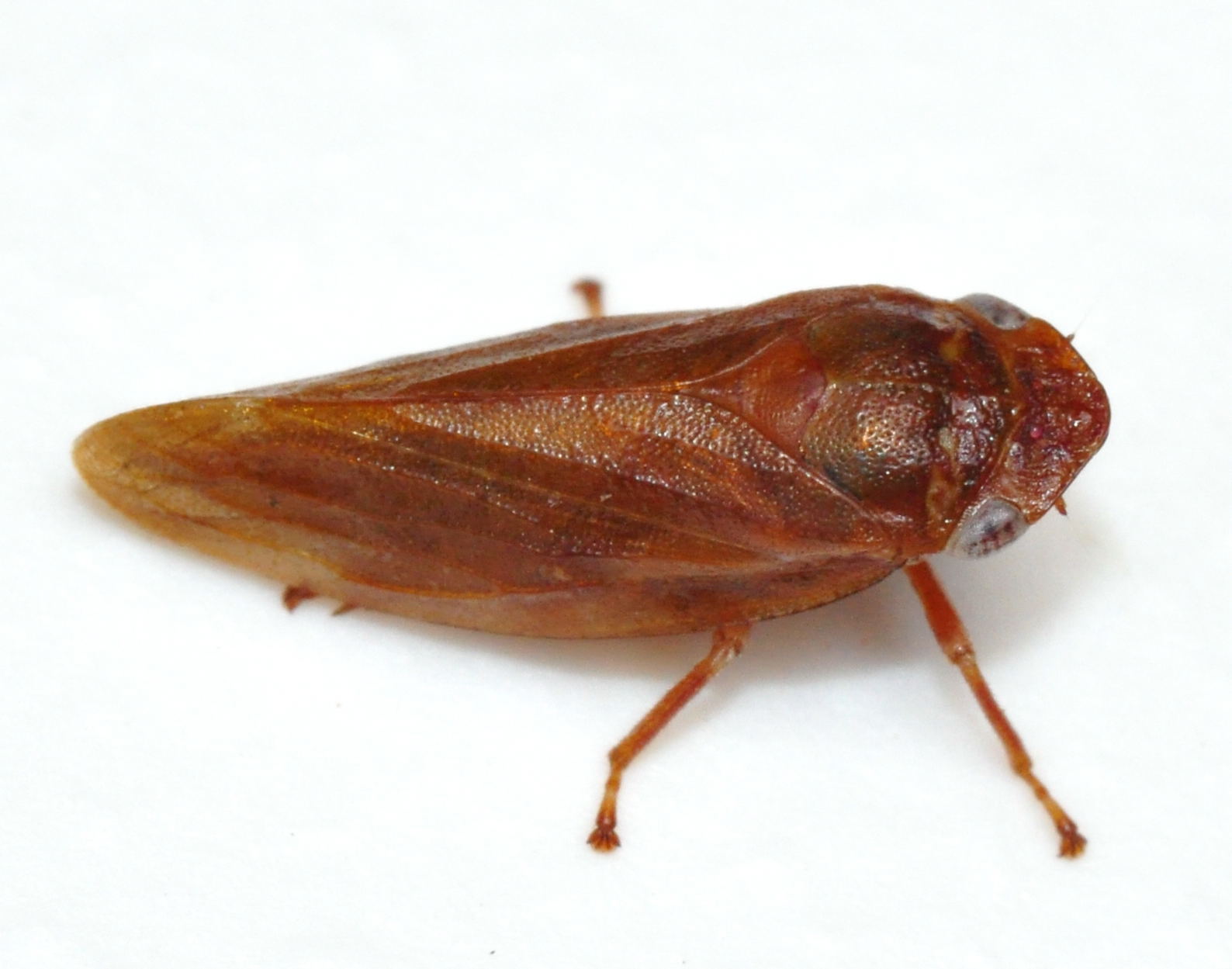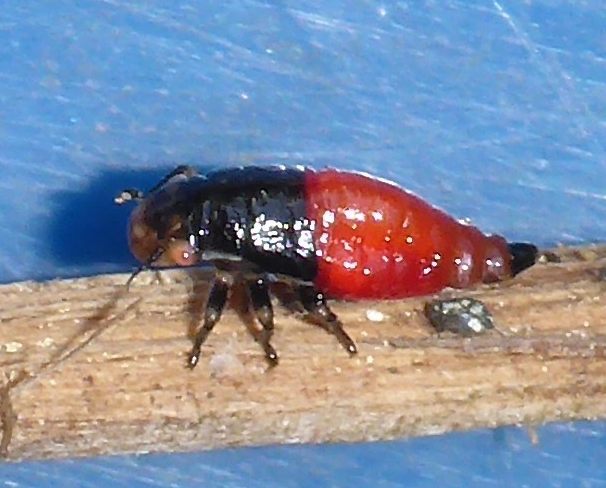Species Photo Gallery for Aphrophora saratogensis Saratoga Spittlebug 46 |
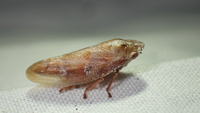 | Photo by: Erich Hofmann, David George, Rich Teper, Jeff Niznik
New Hanover Co.
Comment: | 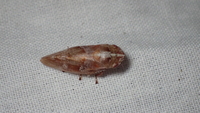 | Photo by: Erich Hofmann, David George, Rich Teper, Jeff Niznik
New Hanover Co.
Comment: |
 | Photo by: Margarita Lankford
Orange Co.
Comment: https://www.inaturalist.org/observations/80044003 | 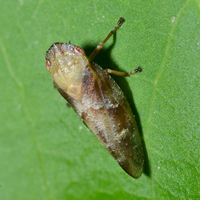 | Photo by: Margarita Lankford
Orange Co.
Comment: https://www.inaturalist.org/observations/79201490 |
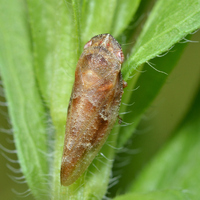 | Photo by: Margarita Lankford
Orange Co.
Comment: https://www.inaturalist.org/observations/78743134 | 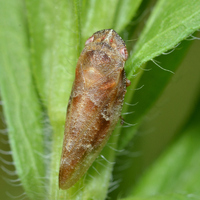 | Photo by: Margarita Lankford
Orange Co.
Comment: https://www.inaturalist.org/observations/78743134 |
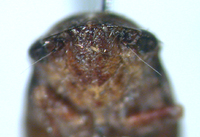 | Photo by: Bo Sullivan
Scotland Co.
Comment: |  | Photo by: Bo Sullivan
Scotland Co.
Comment: |
 | Photo by: Bo Sullivan
Scotland Co.
Comment: | 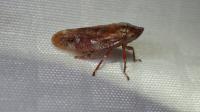 | Photo by: Erich Hofmann
Craven Co.
Comment: https://www.inaturalist.org/observations/53470561 - unid_spittlebug |
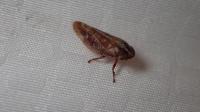 | Photo by: Erich Hofmann
Craven Co.
Comment: https://www.inaturalist.org/observations/53470561 - unid_spittlebug | 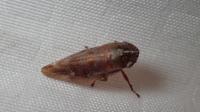 | Photo by: Erich Hofmann
Craven Co.
Comment: https://www.inaturalist.org/observations/53470561 - unid_spittlebug |
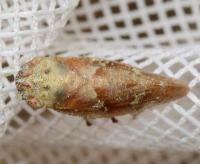 | Photo by: Kyle Kittelberger
Scotland Co.
Comment: riverside herbaceous and grassy vegetation | 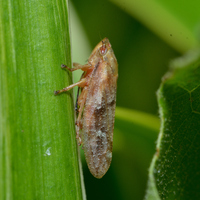 | Photo by: Margarita Lankford
Orange Co.
Comment: https://www.inaturalist.org/observations/46253872 |
 | Photo by: Margarita Lankford
Orange Co.
Comment: https://www.inaturalist.org/observations/46253872 | 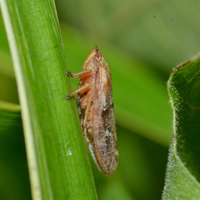 | Photo by: Margarita Lankford
Orange Co.
Comment: https://www.inaturalist.org/observations/46253872 |
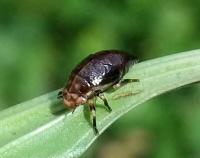 | Photo by: Cindy Darnell
Durham Co.
Comment: fifth instar nymph, bubble mass along white clover roots. | 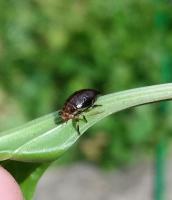 | Photo by: Cindy Darnell
Durham Co.
Comment: fifth instar nymph, bubble mass along white clover roots. |
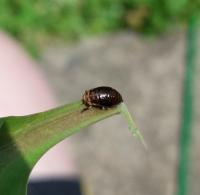 | Photo by: Cindy Darnell
Durham Co.
Comment: fifth instar nymph, bubble mass along white clover roots. | 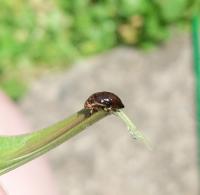 | Photo by: Cindy Darnell
Durham Co.
Comment: fifth instar nymph, bubble mass along white clover roots. |
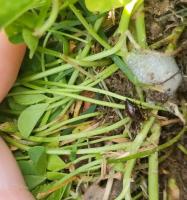 | Photo by: Cindy Darnell
Durham Co.
Comment: fifth instar nymph, bubble mass along white clover roots. | 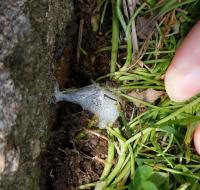 | Photo by: Cindy Darnell
Durham Co.
Comment: fifth instar nymph, bubble mass along white clover roots. |
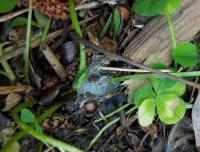 | Photo by: Cindy Darnell
Durham Co.
Comment: Two nymphs in bubble masses among clover stem/roots on the surface of the soil. no nymphs were found on any other neighboring plants (wood sorrel, Bermuda grass). clover patch is below tree line, including pine and sweetgum trees. Pine pollen cones and needles are mixed in with the plants.Found two more in a nearby clover patch! I replanted the clover and moved them indoors. Both nymphs created new spittle masses within a half hour of being transplanted. | 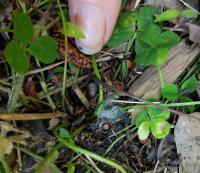 | Photo by: Cindy Darnell
Durham Co.
Comment: Two nymphs in bubble masses among clover stem/roots on the surface of the soil. no nymphs were found on any other neighboring plants (wood sorrel, Bermuda grass). clover patch is below tree line, including pine and sweetgum trees. Pine pollen cones and needles are mixed in with the plants.Found two more in a nearby clover patch! I replanted the clover and moved them indoors. Both nymphs created new spittle masses within a half hour of being transplanted. |
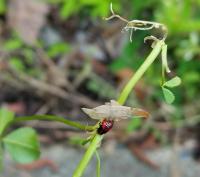 | Photo by: Cindy Darnell
Durham Co.
Comment: Two nymphs in bubble masses among clover stem/roots on the surface of the soil. no nymphs were found on any other neighboring plants (wood sorrel, Bermuda grass). clover patch is below tree line, including pine and sweetgum trees. Pine pollen cones and needles are mixed in with the plants.Found two more in a nearby clover patch! I replanted the clover and moved them indoors. Both nymphs created new spittle masses within a half hour of being transplanted. | 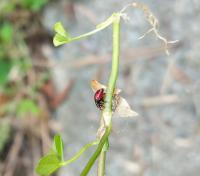 | Photo by: Cindy Darnell
Durham Co.
Comment: Two nymphs in bubble masses among clover stem/roots on the surface of the soil. no nymphs were found on any other neighboring plants (wood sorrel, Bermuda grass). clover patch is below tree line, including pine and sweetgum trees. Pine pollen cones and needles are mixed in with the plants.Found two more in a nearby clover patch! I replanted the clover and moved them indoors. Both nymphs created new spittle masses within a half hour of being transplanted. |
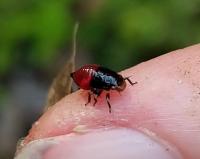 | Photo by: Cindy Darnell
Durham Co.
Comment: Two nymphs in bubble masses among clover stem/roots on the surface of the soil. no nymphs were found on any other neighboring plants (wood sorrel, Bermuda grass). clover patch is below tree line, including pine and sweetgum trees. Pine pollen cones and needles are mixed in with the plants.Found two more in a nearby clover patch! I replanted the clover and moved them indoors. Both nymphs created new spittle masses within a half hour of being transplanted. | 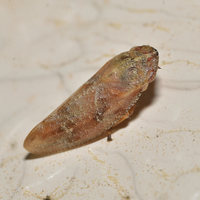 | Photo by: Margarita Lankford
Orange Co.
Comment: https://www.inaturalist.org/observations/44789466 |
 | Photo by: Margarita Lankford
Orange Co.
Comment: https://www.inaturalist.org/observations/44789466 |  | Photo by: Margarita Lankford
Orange Co.
Comment: https://www.inaturalist.org/observations/44789466 |
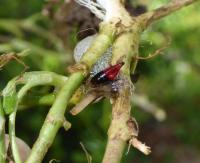 | Photo by: Cindy Darnell
Durham Co.
Comment: attached to roots of flowering plant near the surface of the soil | 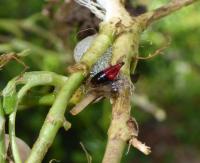 | Photo by: Cindy Darnell
Durham Co.
Comment: attached to roots of flowering plant near the surface of the soil |
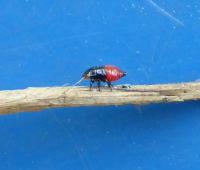 | Photo by: Cindy Darnell
Durham Co.
Comment: attached to roots of flowering plant near the surface of the soil | 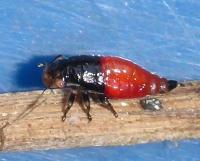 | Photo by: Cindy Darnell
Durham Co.
Comment: attached to roots of flowering plant near the surface of the soil |
 | Photo by: Mark Shields
Onslow Co.
Comment: |  | Photo by: Mark Shields
Onslow Co.
Comment: |
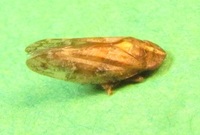 | Photo by: Ken Kneidel
Yancey Co.
Comment: 9.3 mm | 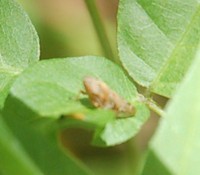 | Photo by: Tracy S. Feldman
Scotland Co.
Comment: unid_leafhopper |
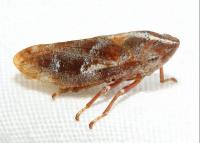 | Photo by: Ken Childs
Out Of State Co.
Comment: |  | Photo by: T. DeSantis
Camden Co.
Comment: |
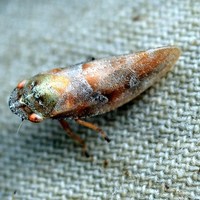 | Photo by: Paul Scharf
Warren Co.
Comment: Caught Sweeping | 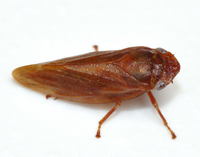 | Photo by: Kyle Kittelberger, Brian Bockhahn, Paul Scharf
Vance Co.
Comment: grassy, field type habitat along forest edge. According to Vinton Thompson, "It appears to be a color variation of Aphrophora saratogensis - the morphology and the habitat match. If you come across a whole population of such individuals it would be worth investigating a little further, but it is probably an instance of individual variation." |
 | Photo by: Kyle Kittelberger, Brian Bockhahn, Paul Scharf
Vance Co.
Comment: grassy, field type habitat along forest edge. According to Vinton Thompson, "It appears to be a color variation of Aphrophora saratogensis - the morphology and the habitat match. If you come across a whole population of such individuals it would be worth investigating a little further, but it is probably an instance of individual variation." | 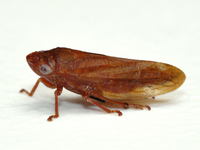 | Photo by: Kyle Kittelberger, Brian Bockhahn, Paul Scharf
Vance Co.
Comment: grassy, field type habitat along forest edge. According to Vinton Thompson, "It appears to be a color variation of Aphrophora saratogensis - the morphology and the habitat match. If you come across a whole population of such individuals it would be worth investigating a little further, but it is probably an instance of individual variation." |
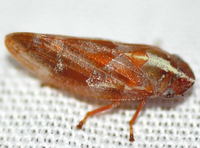 | Photo by: Kyle Kittelberger, Brian Bockhahn, Paul Scharf
Ashe Co.
Comment: mixed hardwood forest habitat | 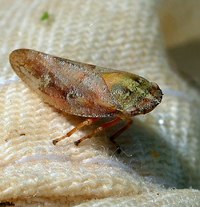 | Photo by: Paul Scharf
Warren Co.
Comment: Caught several in tall mixed grass while sweeping |
|

 »
»
